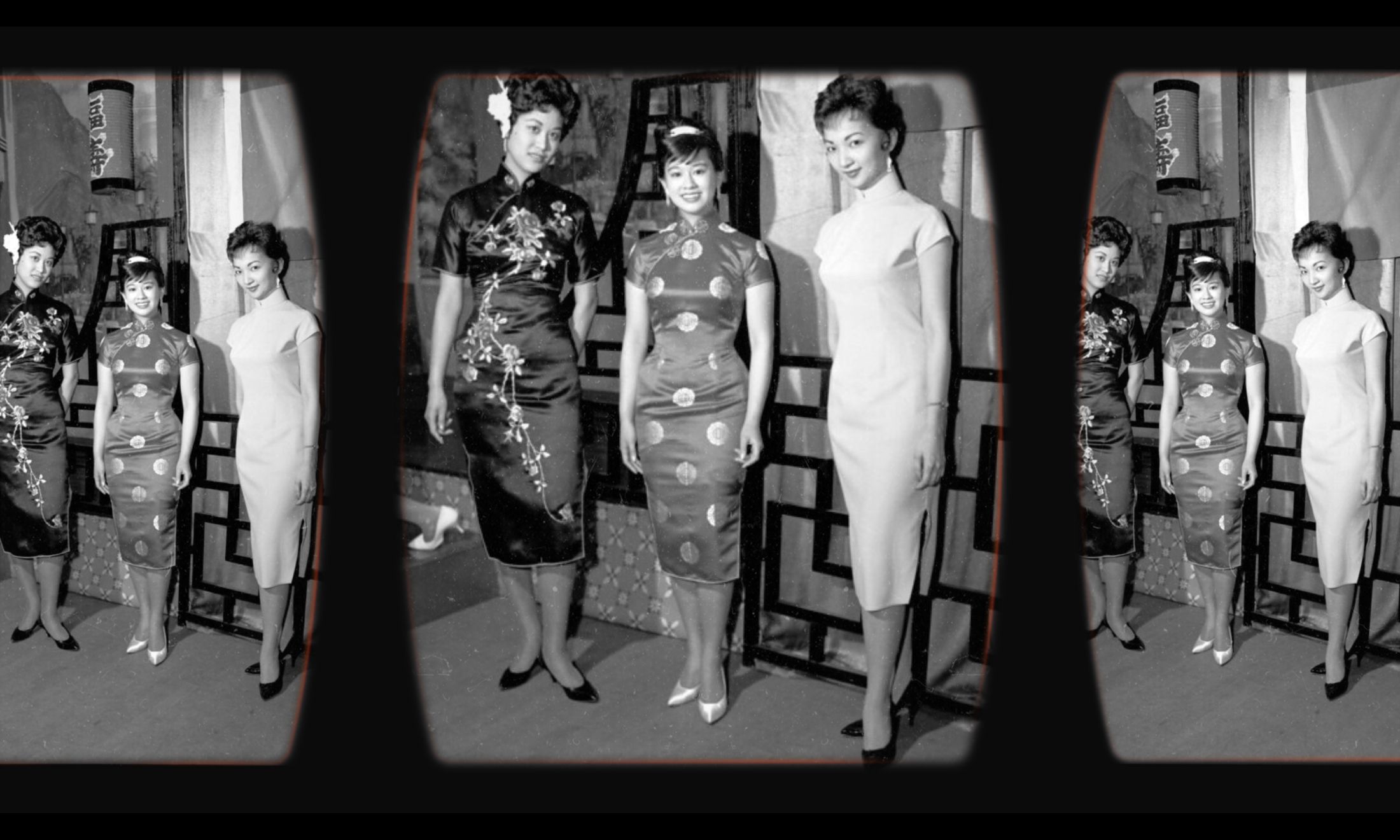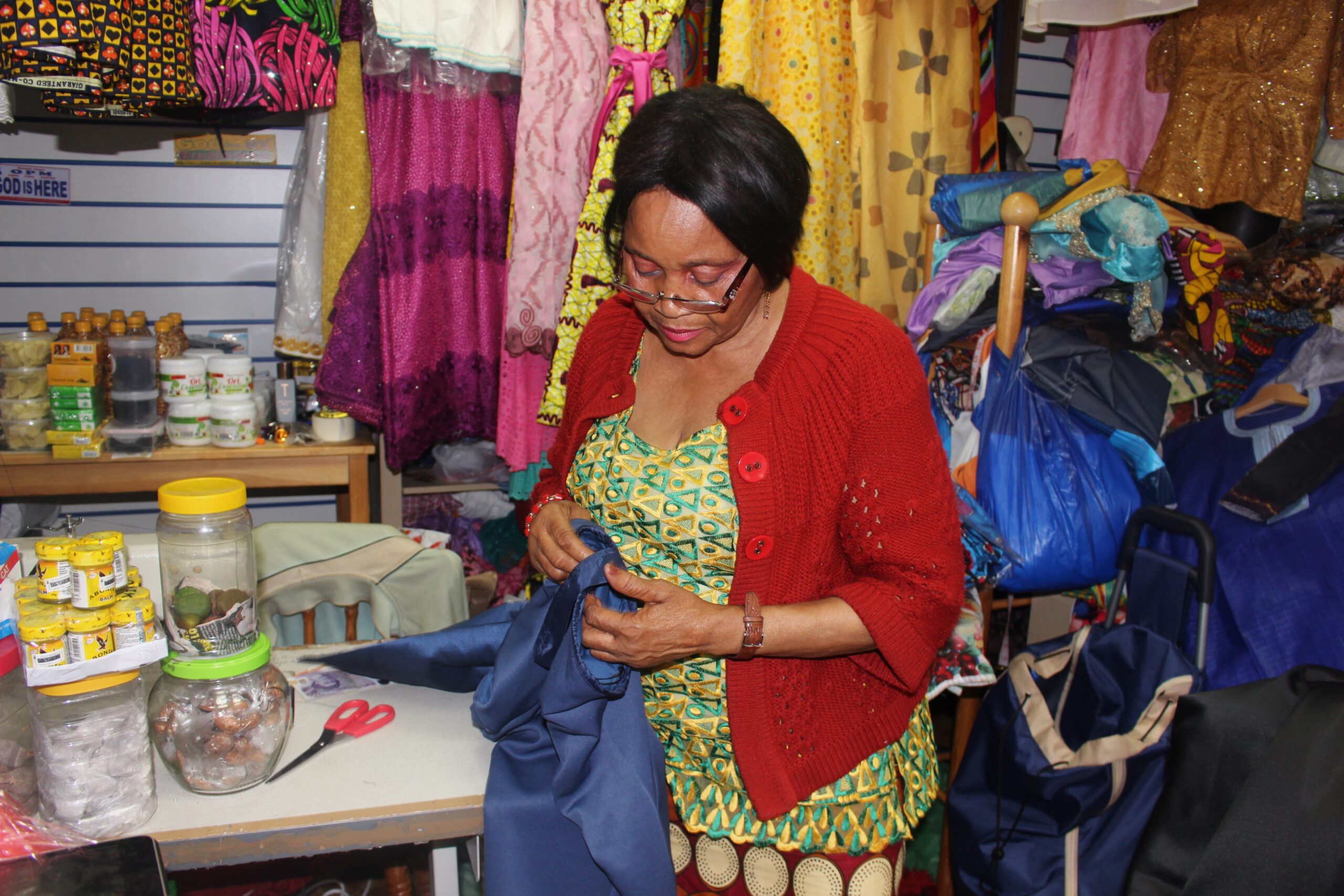
For this week’s Fashion Throwback Thursday, we are taking a look at how the Japanese artist Yayoi Kusama expertly fused fashion and art in her work in the 1960s. Leaving behind her mother who restricted her artistic expression, Kusama moved to New York from Japan in the 1950s where she promised herself that she would become a big name in the city, and eventually the world. It was there that she began to engage in performance art, through the staging of what she termed “happenings”. These happenings were strongly sexual, anti-patriarchal and anti-establishment in their message. Akin to an organised demonstration in their execution, each happening would protest societal injustices such as the Vietnam War, or the lack of gay marriage rights. Participants were often naked and painted in Kusama’s now iconic polka-dots that have continued to feature throughout her work up to the present day. Kusama employs these obsessively repetitive patterns in her work as a way of exploring her psyche and the hallucinations she experiences as part of her own mental illness.
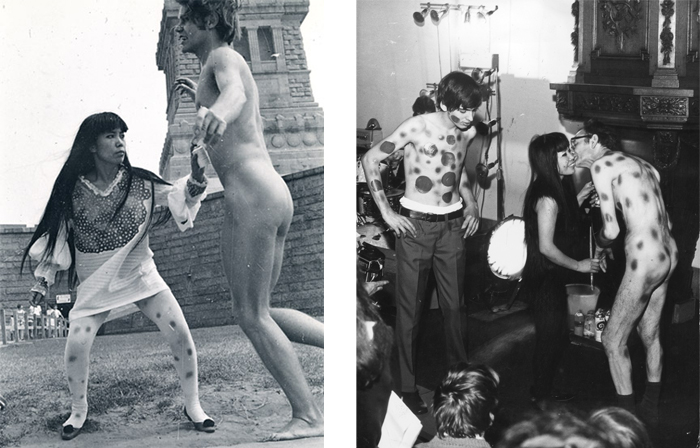 (Left) One of Kusama’s happenings in 1968 at the Statue of Liberty, New York. Image: Ota Fine Arts, Tokyo / © Yayoi Kusama, Yayoi Kusama Studio Inc. (Right) Kusama painting polka-dots onto the bodies of two men at an exhibition in Utrecht, Netherlands in 1968. Image: Keystone Features/Getty Images.
(Left) One of Kusama’s happenings in 1968 at the Statue of Liberty, New York. Image: Ota Fine Arts, Tokyo / © Yayoi Kusama, Yayoi Kusama Studio Inc. (Right) Kusama painting polka-dots onto the bodies of two men at an exhibition in Utrecht, Netherlands in 1968. Image: Keystone Features/Getty Images.
The body art and costumes featured in her works is very much what Kusama’s art was centred around, so naturally her work began to move continuously between fashion and art. In the late 1960s she launched her own ready-to-wear line in New York boutiques and department stores where she sold statement pieces with strategically cut holes in intimate places, representing her signature polka-dot motif. But she also continued to design clothing specifically for her art, like the orgy wedding dress she designed for her 1968 happening Homosexual Wedding.
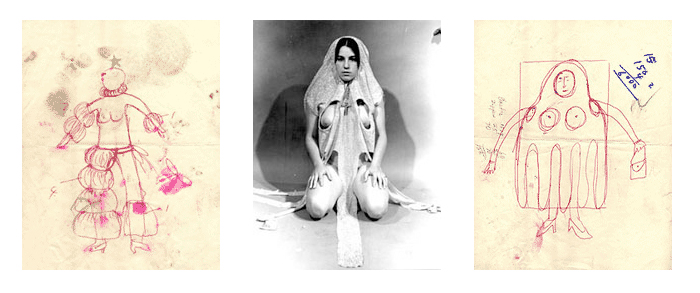 (Left & right) drawings for Kusama dress. (Centre) Squid dress, photographed by Stan Goldstein. Images: © Yayoi Kusama, Yayoi Kusama Studio Inc.
(Left & right) drawings for Kusama dress. (Centre) Squid dress, photographed by Stan Goldstein. Images: © Yayoi Kusama, Yayoi Kusama Studio Inc.
Here are some more examples of how Kusama used fashion in her art:
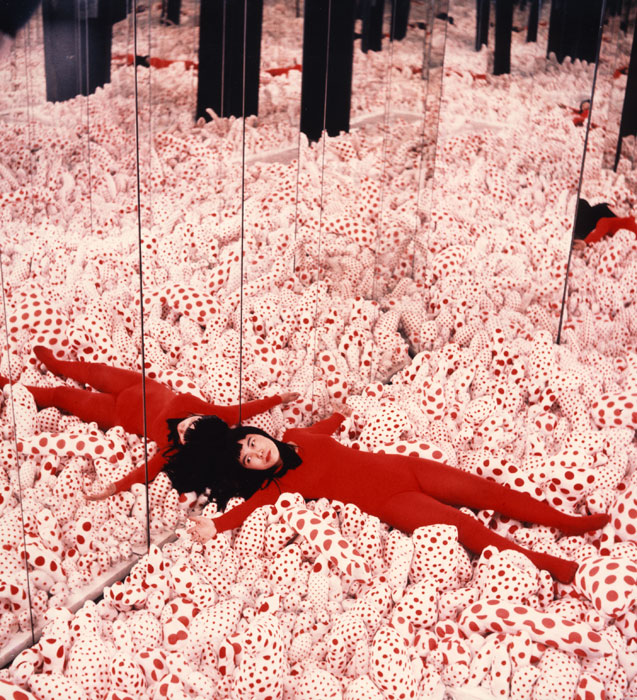 Kusama dressed in a red catsuit, laying in her installation Infinity Mirror Room – Phalli’s Field, 1965. Image: Ota Fine Arts, Tokyo / © Yayoi Kusama, Yayoi Kusama Studio Inc.
Kusama dressed in a red catsuit, laying in her installation Infinity Mirror Room – Phalli’s Field, 1965. Image: Ota Fine Arts, Tokyo / © Yayoi Kusama, Yayoi Kusama Studio Inc.

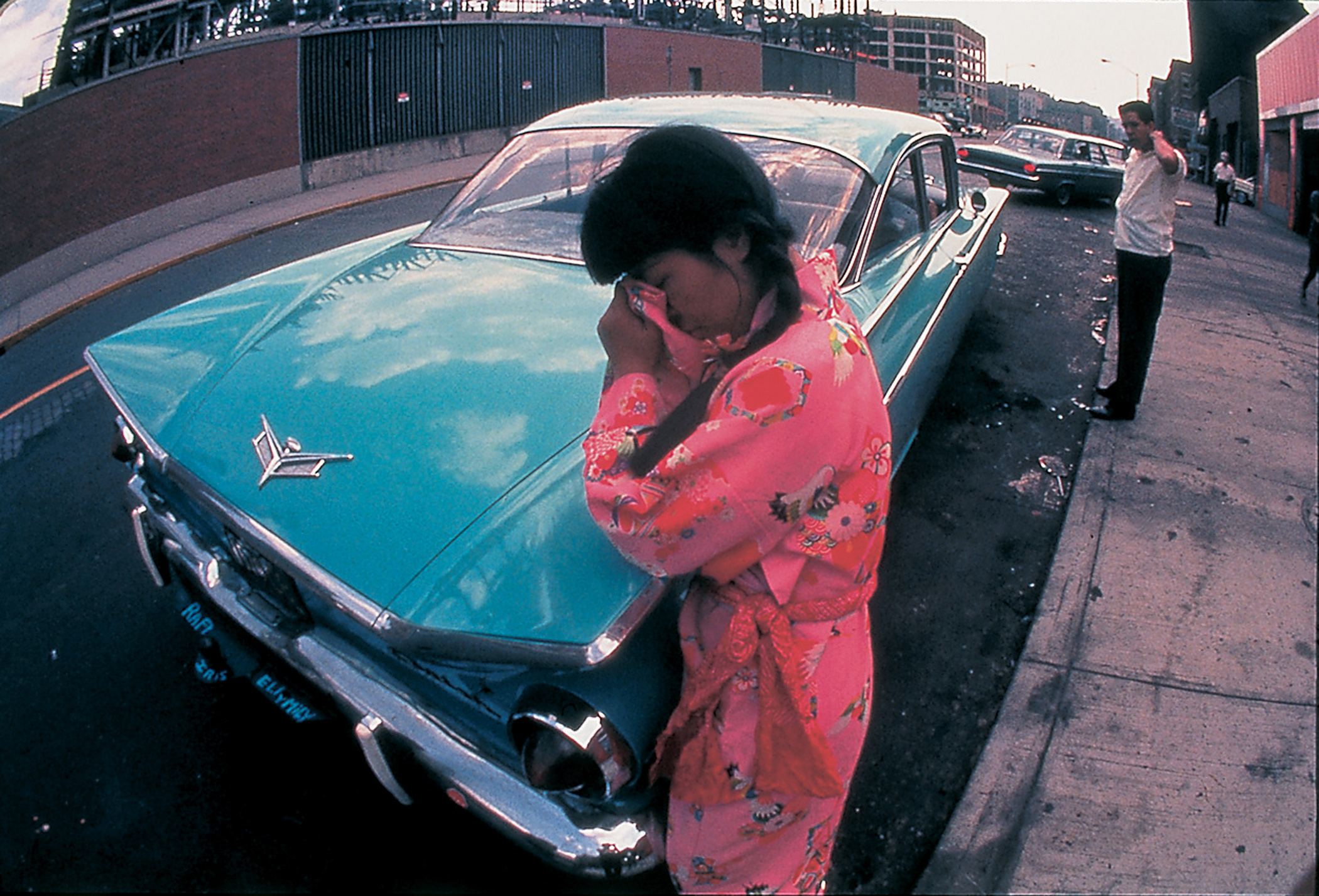 Slides from Walking Piece, 1966. Images: Ota Fine Arts, Tokyo / © Yayoi Kusama, Yayoi Kusama Studio Inc. In this performance, Kusama wears a vibrant pink traditional Japanese kimono and carries an umbrella adorned with fake flowers. She walks the grey streets of New York and then starts crying into her sleeve. This piece is a comment on the stereotyping and exoticism that Asian American women face in the West.
Slides from Walking Piece, 1966. Images: Ota Fine Arts, Tokyo / © Yayoi Kusama, Yayoi Kusama Studio Inc. In this performance, Kusama wears a vibrant pink traditional Japanese kimono and carries an umbrella adorned with fake flowers. She walks the grey streets of New York and then starts crying into her sleeve. This piece is a comment on the stereotyping and exoticism that Asian American women face in the West.
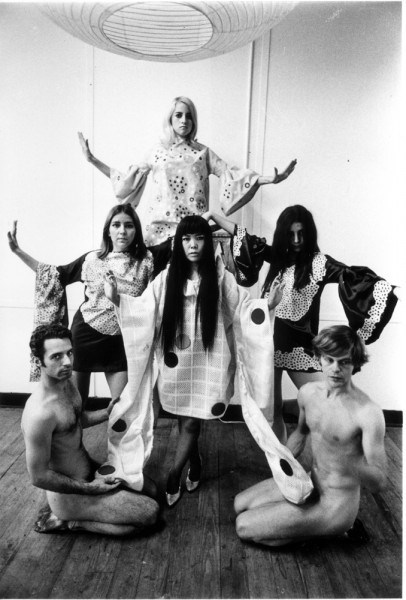 A fashion show in Kusama’s New York studio, 1968. Image: © Yayoi Kusama, Yayoi Kusama Studio Inc.
A fashion show in Kusama’s New York studio, 1968. Image: © Yayoi Kusama, Yayoi Kusama Studio Inc.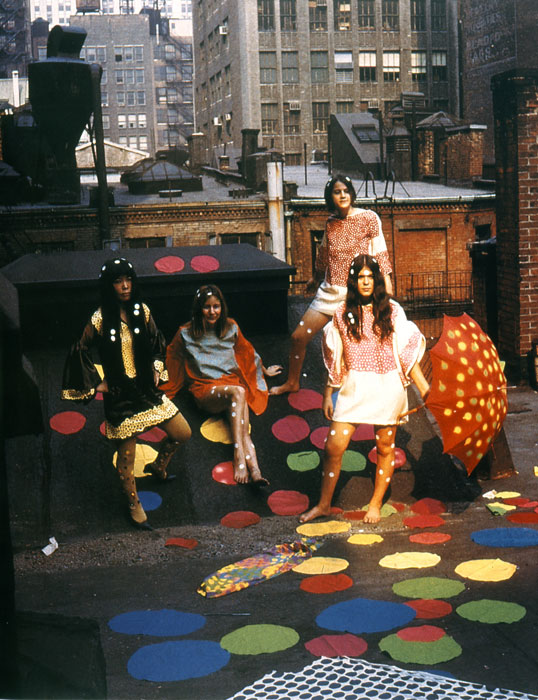 From a fashion shoot with Kusama and some models on a rooftop in New York, 1968. Image: Ota Fine Arts, Tokyo / © Yayoi Kusama, Yayoi Kusama Studio Inc.
From a fashion shoot with Kusama and some models on a rooftop in New York, 1968. Image: Ota Fine Arts, Tokyo / © Yayoi Kusama, Yayoi Kusama Studio Inc.




